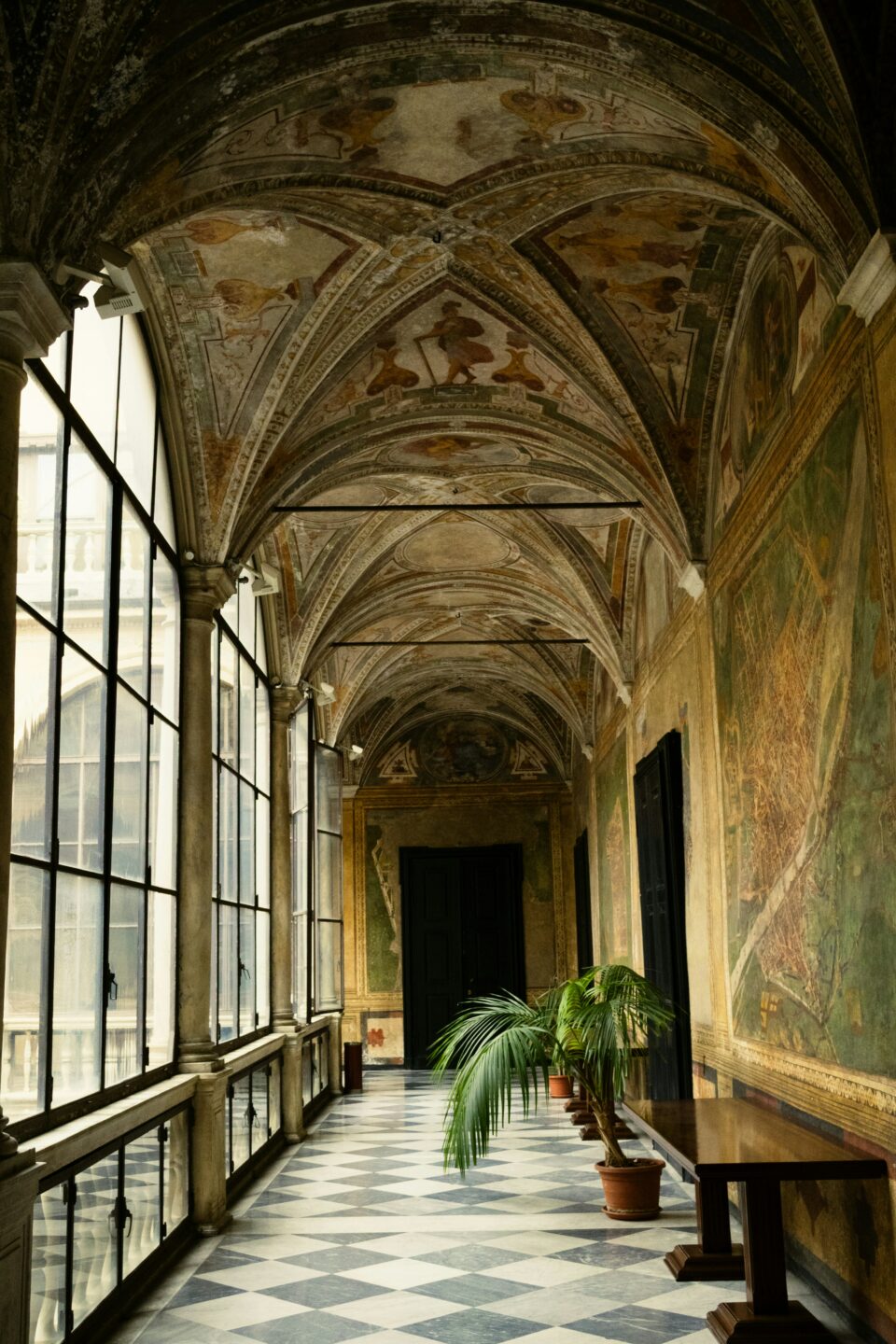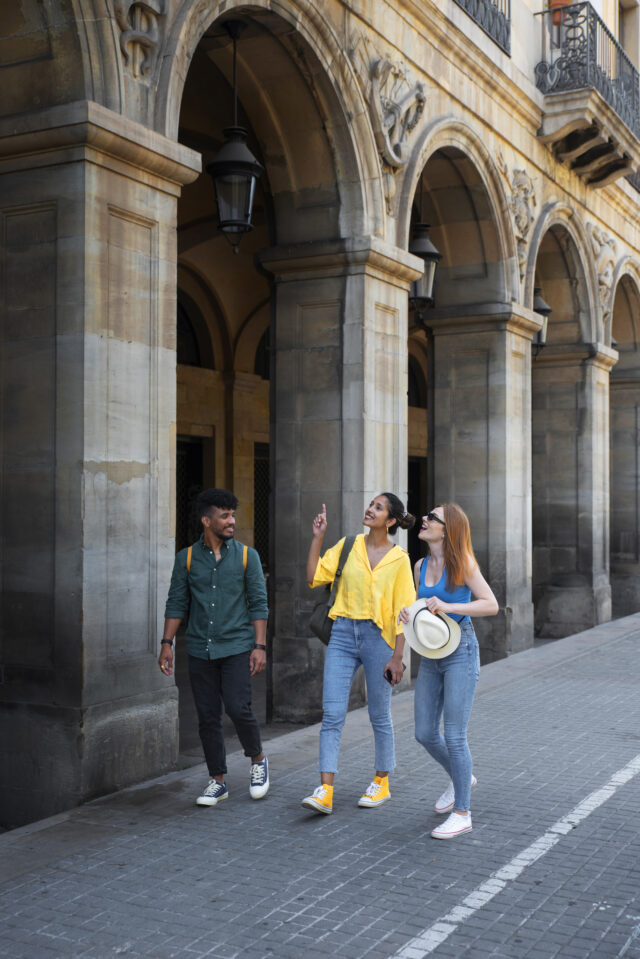Vasco Invest advises private and institutional investors on unique property opportunities across Portugal. From restored palaces to cultural estates, we connect heritage and modern investment strategy. Explore our services, read our blog, or contact us to start your heritage project.
Introduction: Where History Meets Investment
Portugal’s built heritage is not only a window into centuries of art and architecture—it’s also an emerging segment of real estate investment. Across Lisbon, Porto, and the Alentejo, heritage buildings—palaces, convents, manor houses, and quintas—are being restored into luxury homes, boutique hotels, or cultural venues.
For expatriates and investors, these assets represent the ultimate mix of emotional value and long-term performance. They combine scarcity, authenticity, and aesthetics—while benefiting from Portugal’s stable legal framework, advantageous tax regime, and rising demand for cultural tourism.
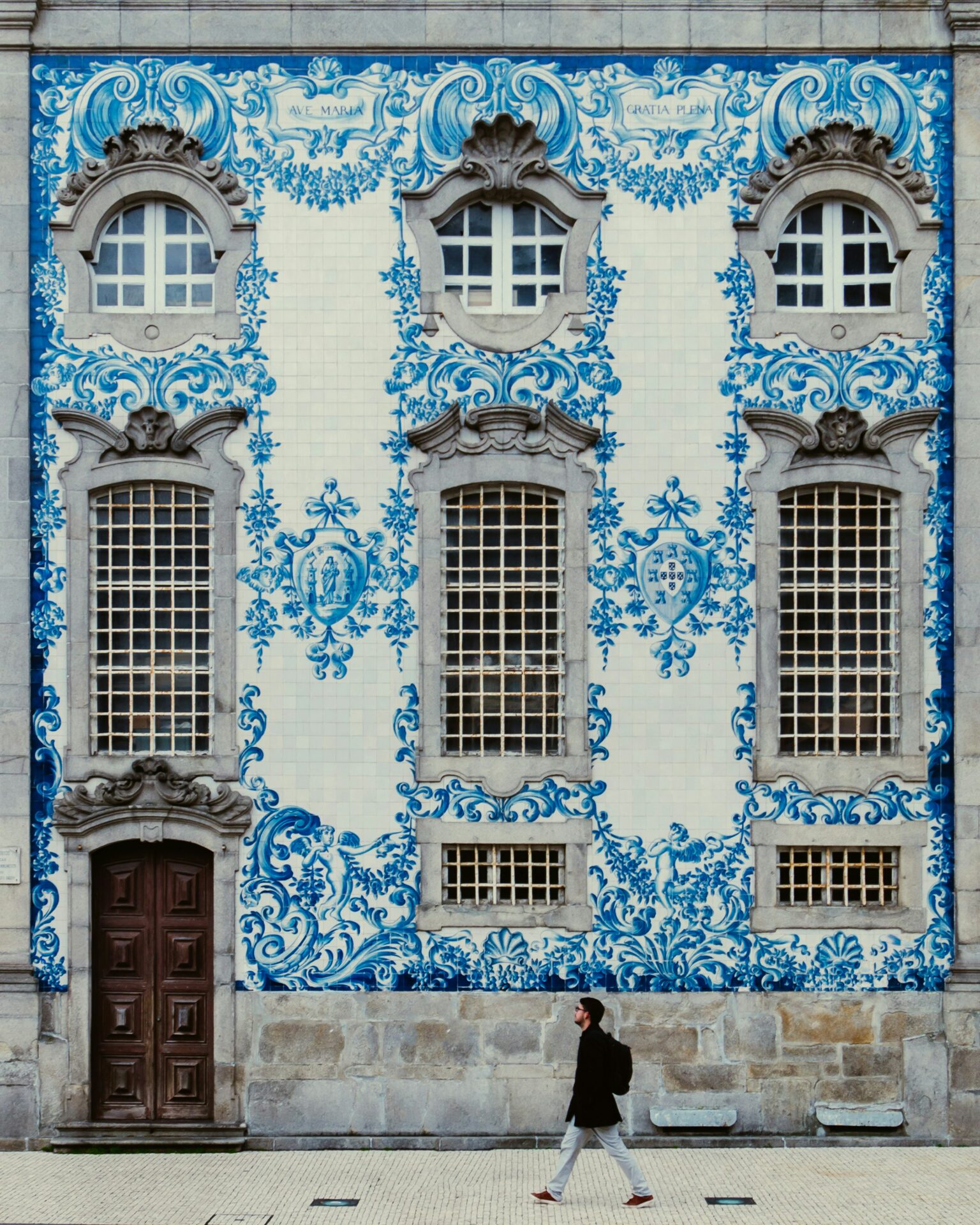
Understanding Heritage Real Estate
Heritage or “patrimonial” properties in Portugal include any building listed as of cultural, architectural, or historical interest. The term applies to 17th–20th-century palaces, manor houses, cloisters, and rural quintas often protected by national or municipal heritage laws.
What Makes Heritage Properties Valuable?
- Architectural Uniqueness: handcrafted tilework, vaulted ceilings, frescoes, and traditional stone facades.
- Scarcity: limited supply and strong collector appeal for restored pieces of Portuguese heritage.
- Prestige Factor: association with nobility, writers, and artists enhances the narrative of ownership.
- Conversion Potential: transformation into luxury residences, boutique hotels, art galleries, or wineries.
- Tax Incentives: renovation or cultural preservation may qualify for deductions and grants.
For investors, heritage properties perform well as alternative assets: they resist inflation, create experiential value, and contribute to ESG impact through conservation.
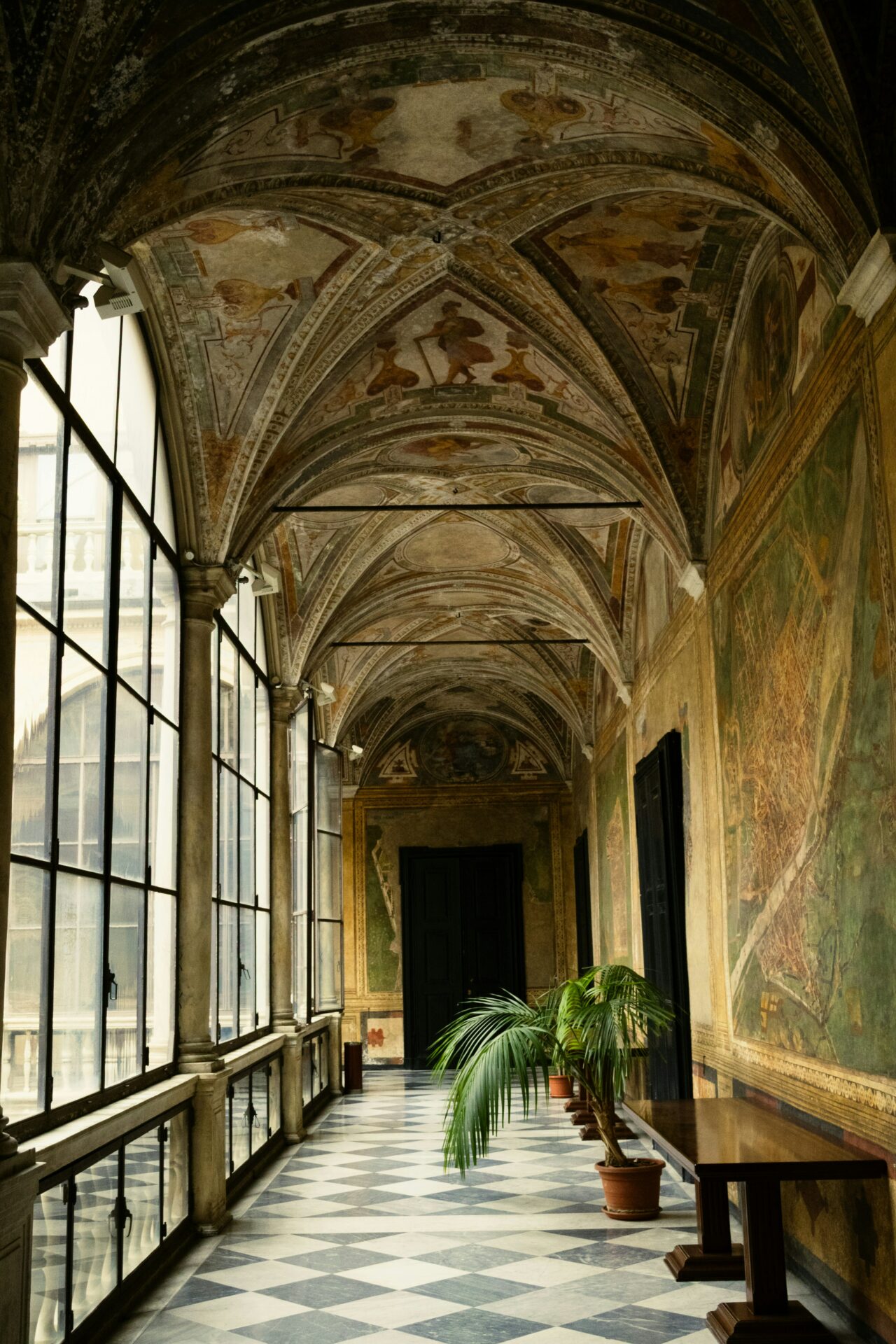
Portugal’s Key Heritage Investment Regions
Lisbon — Royal Heritage and Urban Renaissance
Lisbon’s historic center is a mosaic of noble palaces, 18th-century buildings, and restored convents. Districts such as Príncipe Real, Alfama, and Lapa have witnessed a wave of sensitive renovations blending classical architecture with modern design.
Foreign buyers often convert entire palaces into private residences or cultural spaces. Lisbon City Hall supports adaptive reuse under heritage preservation guidelines, facilitating restoration while maintaining authenticity.
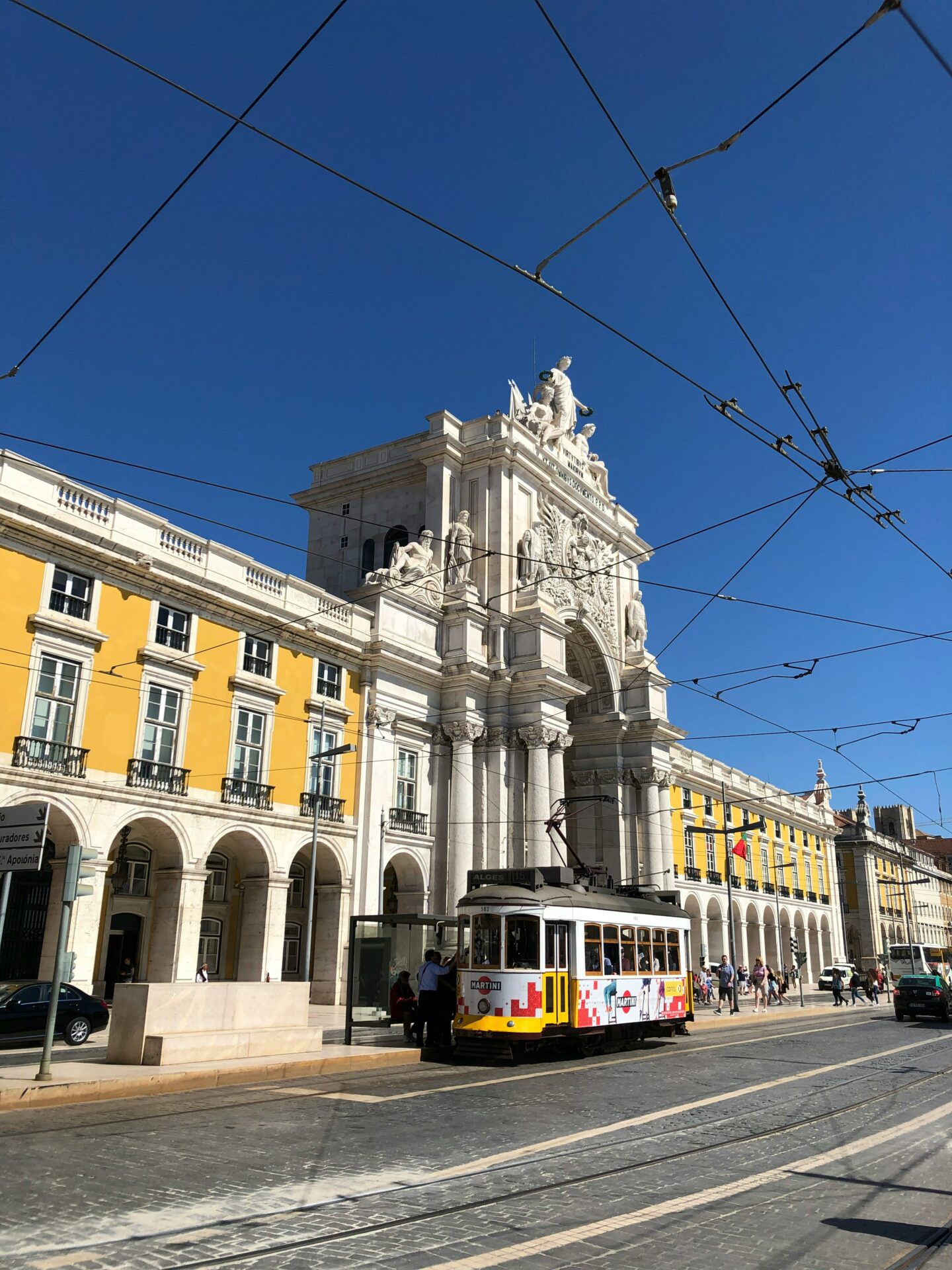
Porto — Wine, Architecture, and Revival
Porto, Portugal’s second city, has seen a renaissance of its baroque and neoclassical estates. Investors are transforming riverfront warehouses and noble townhouses into hospitality and art spaces. The city’s dual identity—industrial and poetic—appeals to creative entrepreneurs and cultural investors.
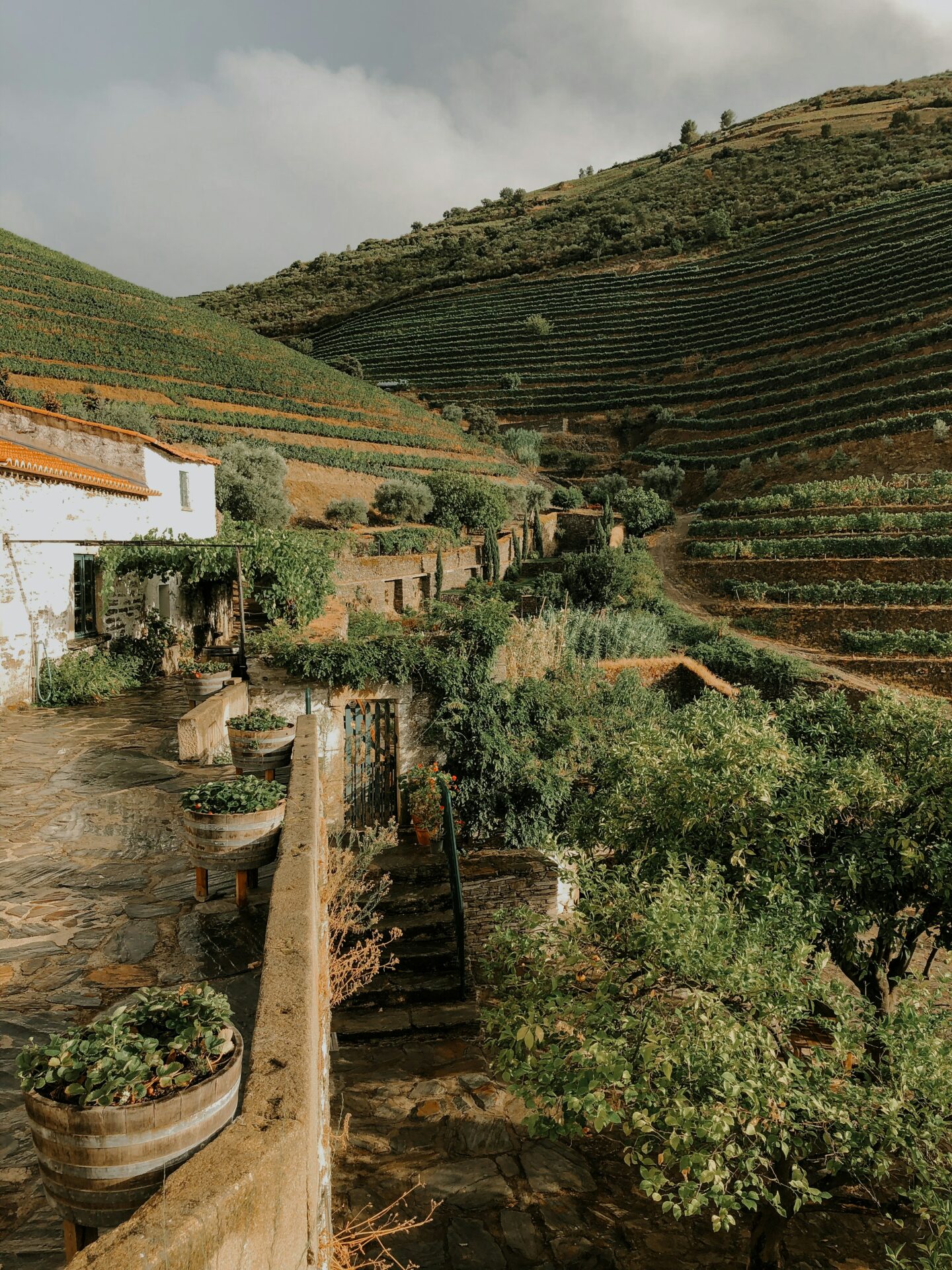
Alentejo & Comporta — Rural Estates and Quiet Luxury
Beyond the cities, the Alentejo region and Comporta’s countryside offer a different kind of heritage: rural quintas and historical farms surrounded by olive trees and cork forests. Many are converted into eco-retreats or agritourism properties that preserve traditional materials—lime, stone, wood—while integrating modern comfort.
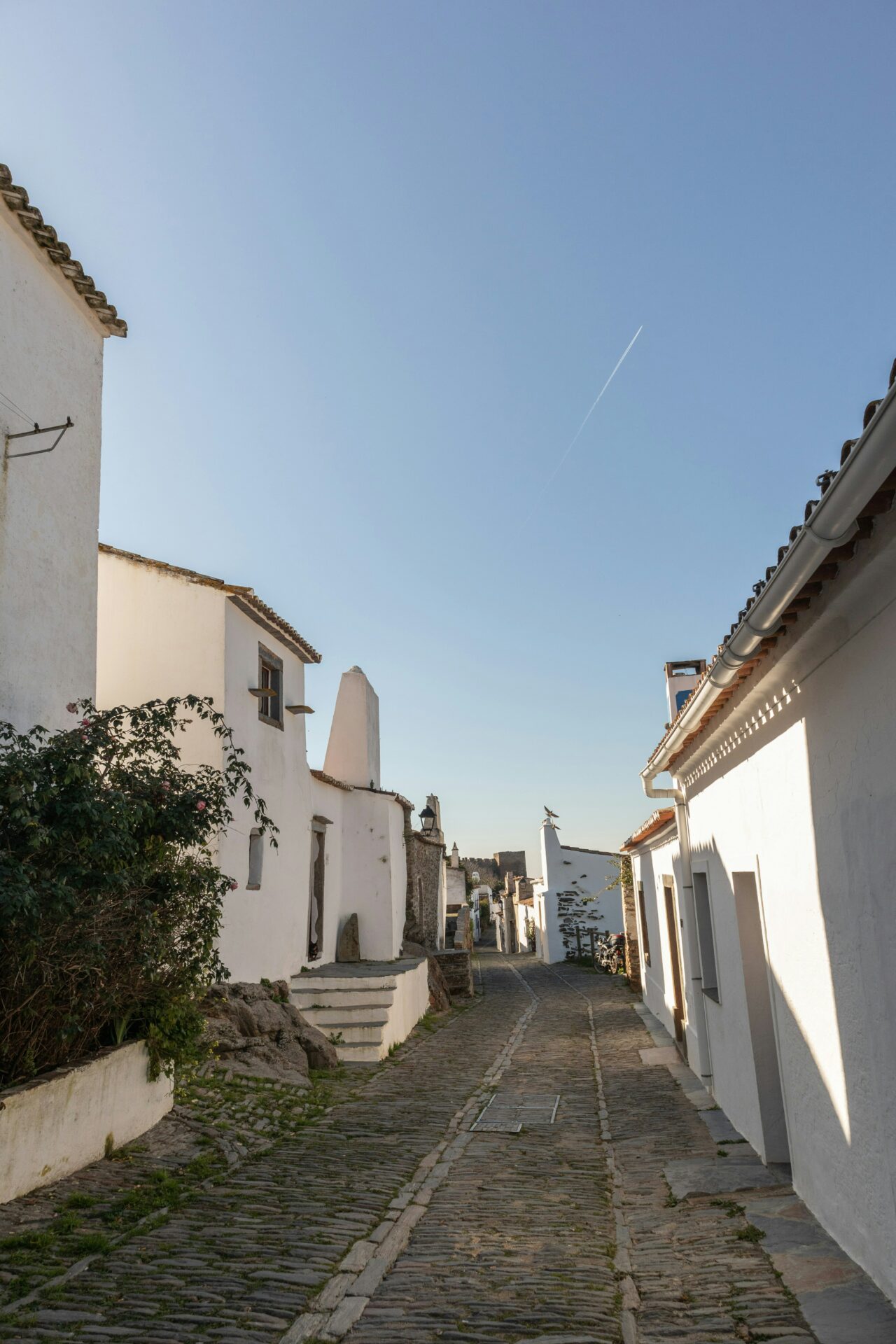
Legal and Tax Framework for Heritage Properties
Owning or restoring a listed property in Portugal requires compliance with both DGPC (Direção-Geral do Património Cultural) and municipal rules.
Acquisition Due Diligence
- Check if the property is “Imóvel de Interesse Público” (public interest) or “Imóvel Classificado.”
- Obtain a technical assessment (architectural integrity, restoration needs).
- Verify zoning and allowable uses (residential, hospitality, cultural).
Restoration Incentives and Benefits
- IMI exemption: up to 8 years for certified rehabilitation projects.
- IMT reduction: lower transfer tax for properties under the urban regeneration regime.
- VAT reductions: 6% for restoration works preserving heritage materials.
- Funding: eligibility for national and EU restoration grants under “Revive” and “Portugal 2030.”
Ownership Structures
Investors can hold heritage assets individually or via SPVs for liability and estate planning. Many combine private use (second home) with commercial hospitality operation for dual benefit.
Investment Models and Returns
1. Private Residence & Family Estate
Many expatriates acquire heritage manors as family estates, blending lifestyle and wealth preservation. Restoration costs vary from €1,000 to €3,500 per m² depending on the level of craftsmanship required. The result: a unique residence that appreciates over time and may qualify for tax relief.
2. Boutique Hotels & Cultural Tourism
Heritage hospitality yields solid returns (4–7% net) while preserving the building’s soul. Operators combine design-led renovations with storytelling, branding, and gastronomy. Portugal’s tourism board supports heritage hotel projects through co-investment grants and marketing promotion.
3. Art & Event Venues
Renovated palaces often host art galleries, residencies, and events. This model combines revenue from rentals, sponsorships, and hospitality. The mix of cultural identity and commercial viability attracts ESG-oriented investors.
4. Winemaking & Heritage Estates
In the Douro Valley and Alentejo, heritage farms integrate vineyards and wine tourism. These hybrid models deliver multi-stream income (agriculture, lodging, brand experiences) with long-term appreciation of land and buildings.
Challenges and Risk Management
Restoring historic buildings requires patience, skilled teams, and regulatory coordination. Challenges include:
- Complex licensing: approvals from multiple heritage authorities.
- Cost overruns: structural surprises during renovation.
- Skilled labor shortage: artisans and heritage architects are in high demand.
- Operational costs: heating, insurance, and specialized maintenance.
Working with a local advisor like Vasco Invest mitigates risk through due diligence, cost control, and compliance management.
Market Outlook 2025: Heritage Meets ESG and Digital Luxury
Heritage real estate aligns naturally with 2025’s ESG priorities: sustainability, community revitalization, and cultural conservation. Buyers value authenticity over quantity, seeking meaningful investment experiences.
- Green restoration: integrating solar tiles, geothermal systems, and recycled materials into historic envelopes.
- Digital storytelling: 3D scans and virtual tours extend accessibility.
- Cultural clustering: new synergies between museums, boutique hotels, and creative hubs.
- Hybrid ownership: co-investment and tokenization models emerging for cultural assets.
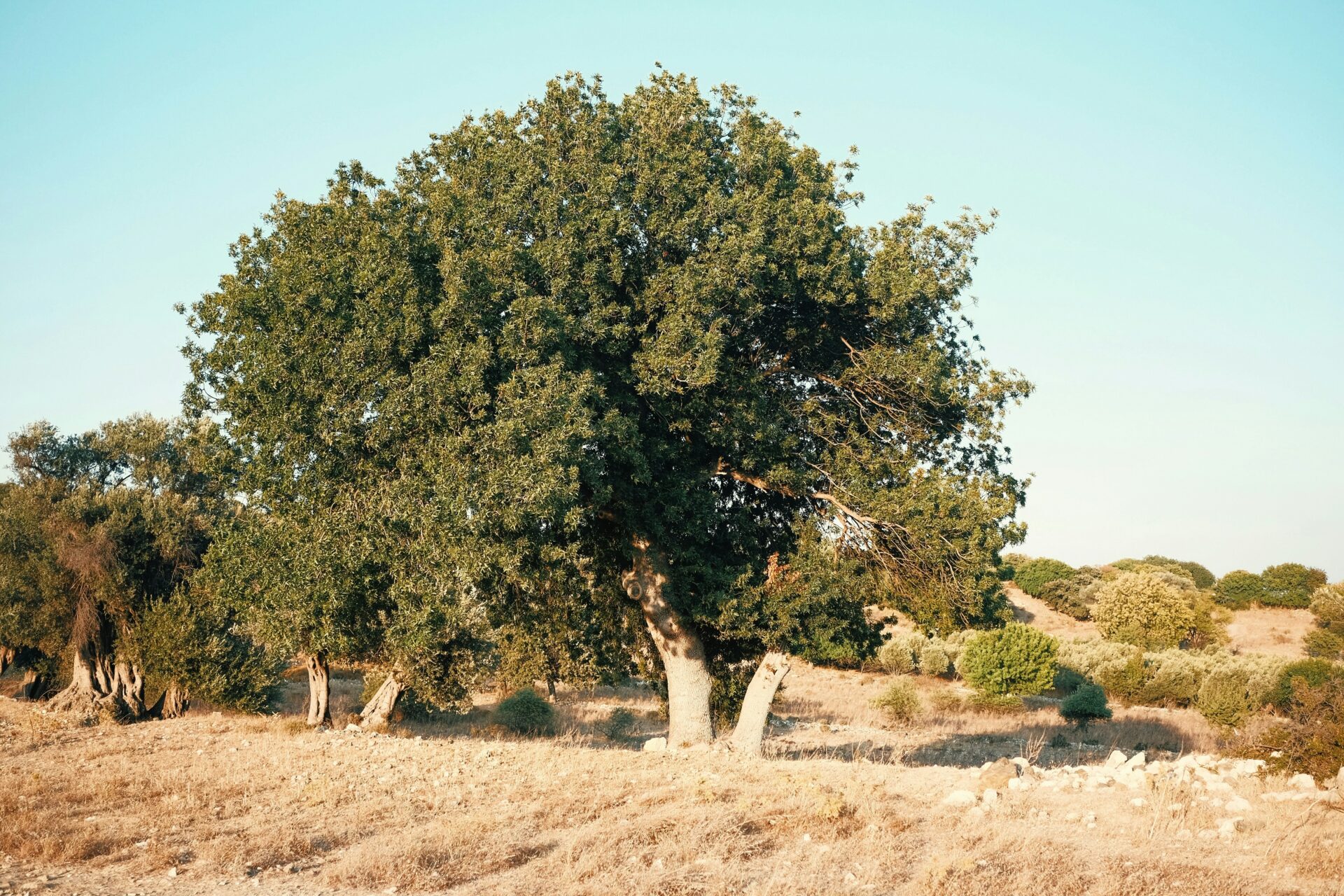
Step-by-Step: How to Invest in Portuguese Heritage Real Estate
- Define your intent: lifestyle, heritage conservation, or income generation.
- Choose region and property type: urban palace, rural quinta, or cultural site.
- Engage experts: architect, legal counsel, tax advisor, project manager.
- Obtain permits and cost estimates: restoration scope and compliance plan.
- Finance and structure: equity, bank loans, or co-investment SPVs.
- Supervise works: ensure heritage-sensitive materials and methods.
- Activate operations: hospitality, cultural leasing, or private use.
Conclusion & Call to Action
Portugal’s heritage properties are more than real estate—they are living works of art. Investing in them connects financial performance with cultural preservation. For those seeking timeless value, emotional reward, and tangible legacy, this is one of Europe’s most compelling markets.
Ready to begin? Contact Vasco Invest to identify heritage opportunities, evaluate ROI, and structure your acquisition.
Vasco Invest • Portugal Heritage & Art Real Estate Advisory • vascoinvest.eu
